2024-08-20
이여운
2024 이여운작가, '건축 존재의 본질을 묻다'
먹빛으로 쌓아 올린 존재의 형상
그 견고함 속에 스며든 고독의 잔향
탈맥락과 형식의 미학, 이여운의 '미학적 얀센주의'
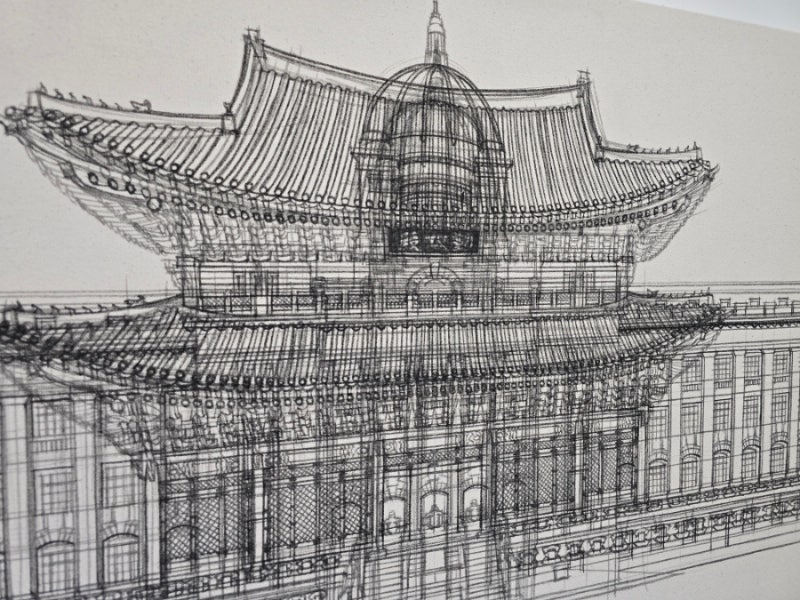
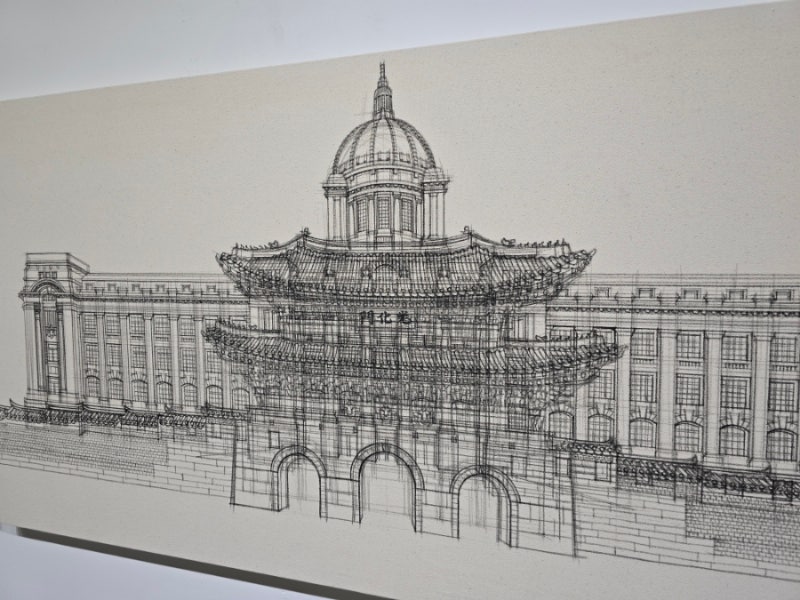
이여운 작가의 작품 세계는 먹빛으로 빚어낸 건축물의 형상을 통해 존재의 본질과 현대 사회의 모순을 탐구하는 깊이 있는 사유의 공간이다. 그의 예술적 여정은 초기 도시 풍경 속 '고독한 그림자'에서 시작하여, 건축물 자체의 형태와 구조에 집중하는 '미학적 얀센주의'로 나아가며 끊임없이 변화하고 확장되어 왔다. 그 과정에서 그는 전통적인 수묵 기법을 현대적으로 재해석하고, 실재와 환영의 경계를 허물며, 한국화의 새로운 가능성을 제시하는 선구자적 역할을 수행해왔다.
이여운의 작품은 캔버스 위에 수없이 쌓아 올린 흑백의 먹 선들이 만들어내는 견고하고 묵직한 건축물의 형상이 주를 이룬다. 그러나 그 견고함 속에는 역설적으로 삶의 덧없음과 인간 존재의 고독이 짙게 배어 있다. 작가는 도시의 마천루, 유럽의 고딕 성당, 한국의 전통 사찰 등 다양한 건축물을 통해 인간의 욕망과 이상, 그리고 그 이면에 숨겨진 상실감과 소외를 이야기한다. 특히, 작가는 건축물의 배경과 주변 요소를 과감히 제거하고, 오로지 건축물 자체의 형태와 구조에 집중함으로써, '존재 그 자체'에 대한 질문을 던진다. 이는 마치 선불교의 화두처럼, 관람객에게 익숙한 대상을 낯설게 바라보고 그 본질을 꿰뚫어 보도록 유도한다.
이여운의 작품에서 특히 주목할 만한 점은 전통적인 수묵 기법을 현대적인 주제 의식과 결합하여 새로운 조형 언어를 창조했다는 것이다. 그는 수묵의 농담과 번짐 효과를 능숙하게 활용하여 건축물의 질감과 깊이감을 표현하고, 반복적인 붓질을 통해 시간의 흔적과 작가 자신의 내면세계를 담아낸다. 이는 단순히 전통을 계승하는 것을 넘어, 수묵화의 현대적인 변용 가능성을 보여주는 중요한 시도이다. 또한, 작가는 여백의 미를 적극적으로 활용하여 건축물의 형상을 더욱 돋보이게 하고, 관람객의 상상력을 자극한다. 이는 동양 철학의 '무위자연' 사상과도 맞닿아 있으며, 그의 작품에 깊이 있는 사유와 여운을 더한다.
작가는 건축물을 통해 실재와 환영의 경계를 탐구하기도 한다. 그는 실제 건축물을 있는 그대로 재현하는 것이 아니라, 자신의 주관적인 해석과 상상력을 더해 새로운 이미지를 창조한다. '위대한 껍데기들' 시리즈에서 그는 중세 고딕 성당과 한국의 사찰이라는 상징적인 건축물들을 통해 실제와 환영의 경계를 모호하게 만들고, 관람객들에게 '진짜'란 무엇인가에 대한 질문을 던진다. 이는 플라톤의 '이데아' 개념을 떠올리게 하며, 우리가 인식하는 현실이 얼마나 불완전하고 상대적인 것인지를 다시금 생각하게 한다.
이여운의 작품은 또한 현대 사회의 자본주의적 욕망과 그 허상을 비판적으로 바라본다. 그는 도시의 마천루를 통해 인간의 끝없는 욕망과 그로 인한 소외를 드러내고, 화려한 외관 뒤에 감춰진 공허함을 폭로한다. 이는 물질만능주의와 외모지상주의가 만연한 현대 사회에 대한 날카로운 비판이며, 동시에 인간 본연의 가치와 존재 의미에 대한 질문을 던지는 것이다.
이여운 작가는 한국화의 전통을 존중하면서도, 현대적인 주제 의식과 독창적인 표현 방식을 통해 한국화의 새로운 지평을 열고 있다. 그의 작품은 단순히 아름다운 그림을 넘어, 관람객들에게 깊이 있는 사유와 감동을 선사하며, 한국 미술계에 묵직한 존재감을 드러내고 있다. 앞으로 그가 보여줄 새로운 작품 세계가 더욱 기대된다. /네오아트센터 박정식대표
Lee Yeo-woon
Structures of Ink, Echoes of Solitude
Lee Yeo-woon's artistic realm is a profound space of contemplation, where she explores the essence of existence and the contradictions of modern society through architectural forms rendered in ink. Her artistic journey has been one of constant evolution and expansion, beginning with the "Lonely Shadows" in early cityscape depictions, and culminating in her recent "Facade Project," where she focuses on the architectural form itself, embracing a minimalist approach akin to "aesthetic Jansenism." Through this process, she transcends the boundaries of traditional Korean ink wash painting, opening new possibilities for the medium.
Lee's works predominantly feature solid, weighty architectural forms, meticulously built up on canvas through countless layers of black ink strokes. Yet, paradoxically, within this solidity, a deep sense of the ephemerality of life and the solitude of human existence permeates. Through diverse architectural subjects—urban skyscrapers, European Gothic cathedrals, and traditional Korean temples—Lee delves into the complexities of human desire and ideals, while simultaneously revealing the underlying sense of loss and alienation. By boldly eliminating the background and surrounding elements of these structures, she focuses solely on their form and structure, posing a fundamental question about the nature of "existence itself." Like a Zen koan, her work encourages viewers to look beyond the familiar and penetrate the essence of things.
A particularly noteworthy aspect of Lee's work is her innovative fusion of traditional ink wash techniques with contemporary themes. She masterfully employs the nuances of ink washes and gradations to depict the texture and depth of architectural forms. The repetitive brushstrokes, layered countless times, not only capture the traces of time etched into these structures but also serve as a testament to the artist's patience, perseverance, and profound dedication to her craft. This approach breathes new life into traditional ink wash painting, demonstrating its enduring relevance in the contemporary art world. Moreover, Lee's strategic use of negative space enhances the prominence of the architectural forms and invites viewers into a realm of contemplation, resonating with the Eastern philosophical concept of "wu wei," or effortless action.
The artist further explores the boundaries between reality and illusion through her architectural subjects. Rather than merely replicating existing structures, she reinterprets and transforms them, infusing her own subjective interpretations and imagination. In her "Great Shells" series, she juxtaposes iconic structures like medieval Gothic cathedrals and Korean temples, blurring the lines between the real and the imagined, and prompting viewers to question the very nature of "reality." This artistic approach evokes Plato's concept of "ideal forms," reminding us of the inherent imperfection and relativity of our perceived reality.
Lee's work also offers a critical commentary on the capitalist desires and illusions prevalent in modern society. Through her depictions of urban skyscrapers, she exposes the endless human pursuit of material wealth and the resulting alienation. By revealing the emptiness lurking beneath the glamorous facade, she delivers a sharp critique of materialism and superficiality, while raising questions about the true value and meaning of human existence.
Lee Yeo-woon stands as a pioneering figure who expands the horizons of Korean ink wash painting by honoring its traditions while embracing contemporary themes and innovative techniques. Her works transcend mere aesthetic beauty, inviting viewers into a realm of profound contemplation and emotional resonance. As she continues to push the boundaries of her artistic practice, we eagerly anticipate the new worlds she will unveil in her future creations.
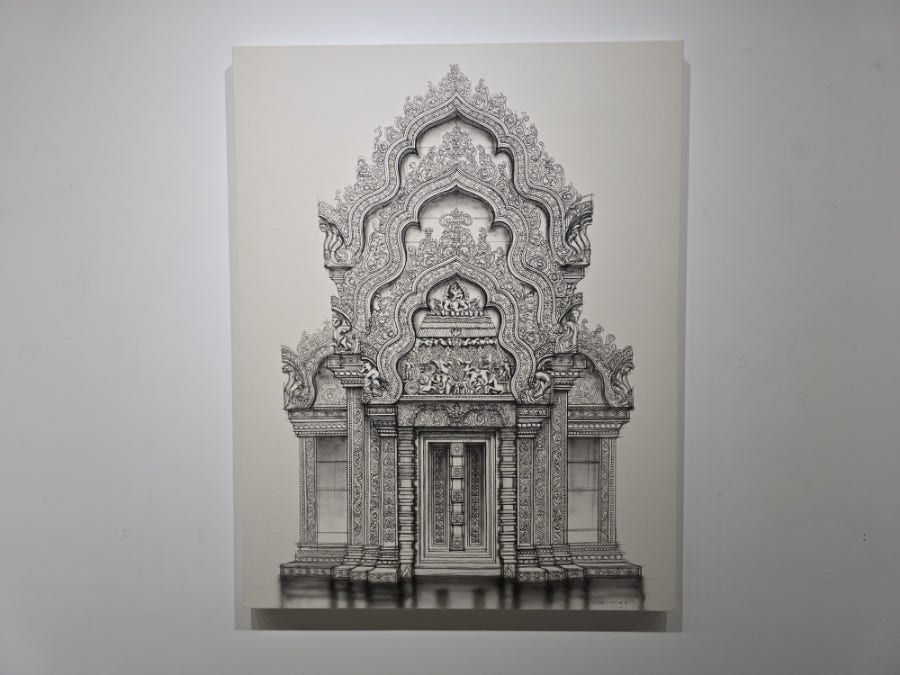
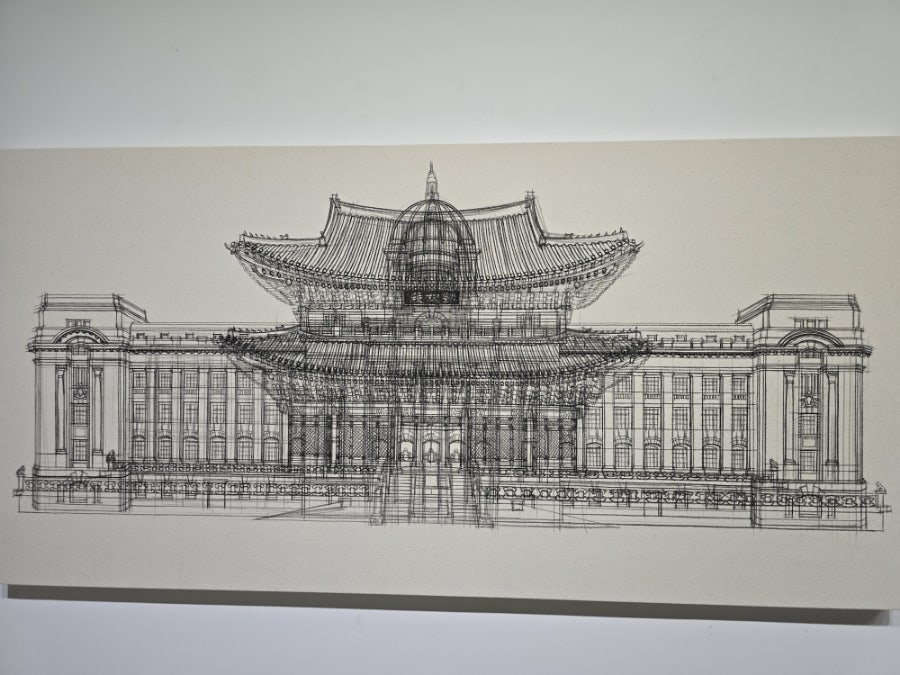
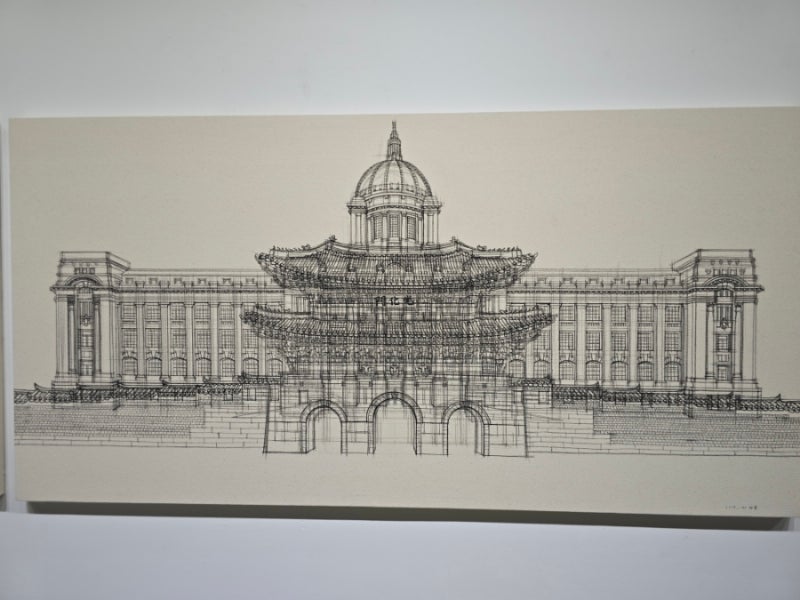
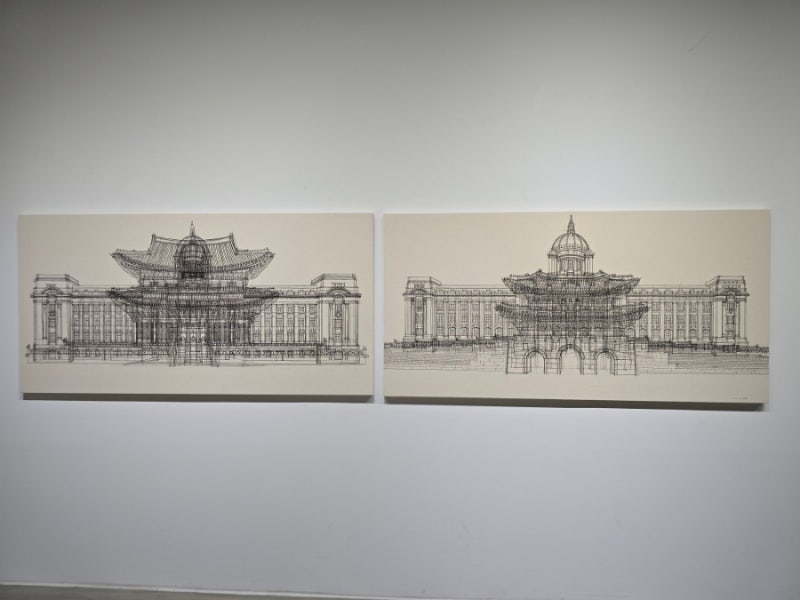
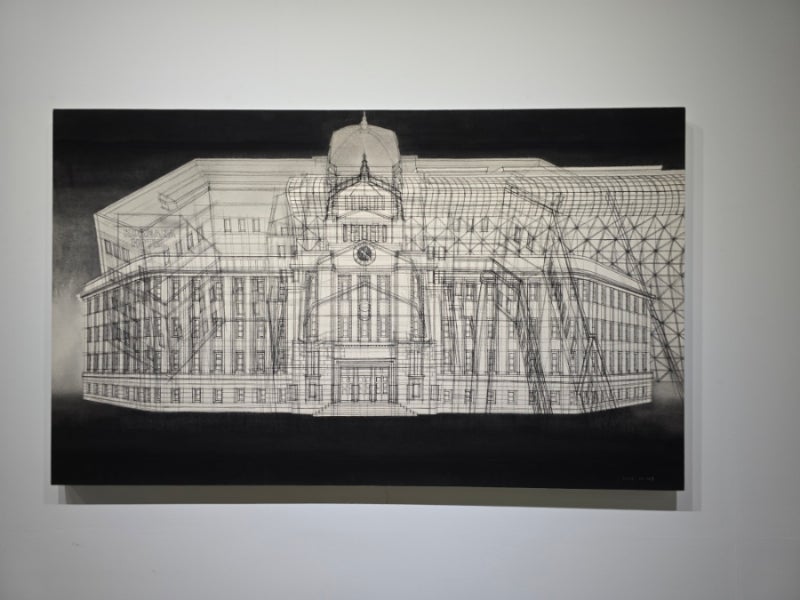
※ 이글은 작가의 작품 사진 자료와 작가노트, 평론을 바탕으로 AI 분석과 필자의 작품평, 감성과 철학 작가와의 대화를 종합적으로 적용하여 완성된 내용입니다.
#이여운작가 #이여운 #네오아트센터 #수묵의현대화
